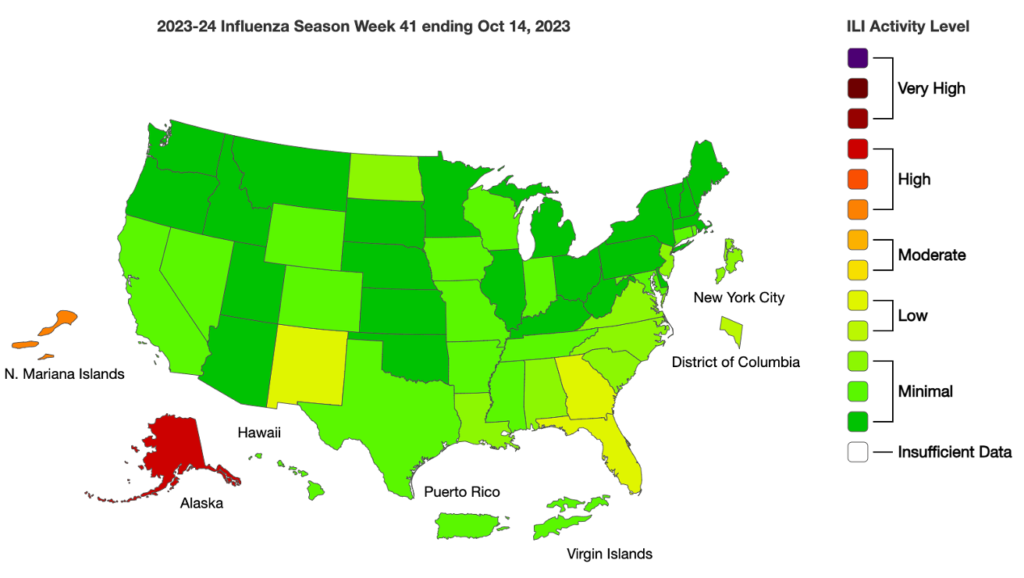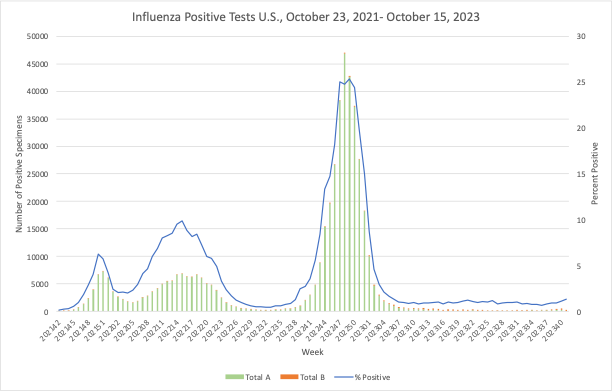As the colder weather approaches, we prepare in many ways, but we should always consider what needs to be done to protect our public health. The possible threat from norovirus foodborne infections should be considered as we may also be gathering with friends and family in various food service settings over the months to come.
The US CDC tracks such illnesses and recently reported a total of 800 foodborne illness outbreaks associated with 875 retail food establishments during 2017–2019. Norovirus accounted for the largest number of outbreaks, at 47%. Contributing factors to the outbreaks were identified in nearly two-thirds of outbreaks. Approximately 40% of outbreaks with identified contributing factors had at least one reported factor associated with food contamination by an ill or infectious food worker. Previous outbreaks have consistently demonstrated how an ill food worker can transmit norovirus to their patrons.
The take home message is that the role of an ill food worker in outbreaks needs more effective management, and the food service industry is advised to take action to prevent their working in food establishments. Policies that prevent contamination of food by workers are important to foodborne outbreak reduction. Going a step further to offer incentives (e.g., paid leave) to encourage ill employees to stay home when sick could have significant public health benefits.
Learn more about infectious diseases, including norovirus, and their prevention and protections through TAG’s Infectious Disease Fact Sheets on norovirus.
COVID Risk Matrix:

Influenza:


Infectious Disease News:
- In China, the positive rate of influenza virus testing in some southern provinces continued to increase, with A(H3N2) subtype being the dominant strain; influenza activity in northern provinces remained at a low level.
- A study of over 4000 Legionella cases in California revealed that cases were more likely related to travel than to living in less healthy (lower SES) neighborhoods.
- The TB incidence rate in the country of origin is an insufficient indicator when targeting foreign-born populations for active case finding or TB prevention policies in Europe. Tuberculosis elimination strategies should be informed by regularly collected country-specific data to ensure that rapidly changing epidemiology and associated risks are addressed.
- Total cost of pertussis in the UK among adults ≥ 50 years of age is substantial and highest for adults 55–59 years of age. Indirect costs (e.g., transportation, productivity loss) were the main contributors to the economic burden.
- California has reported its first local dengue case. The individual who has been diagnosed with dengue hasn’t traveled outside of the US.





